Wednesday Q&A
Part 1
Preprocess the Data
Three New Images:
Index = 21

Index = 10040
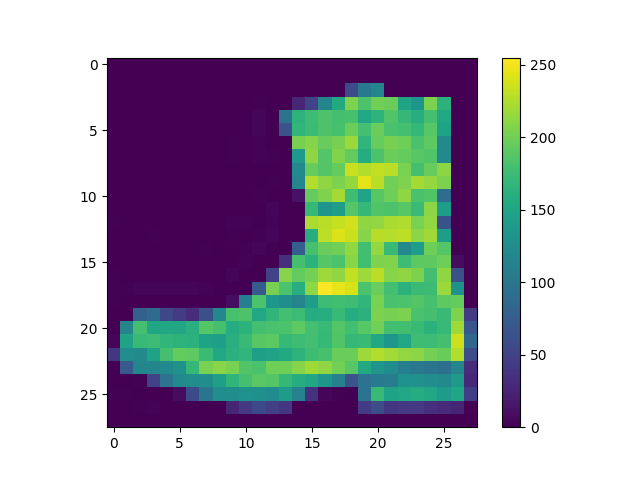
Index = 59348
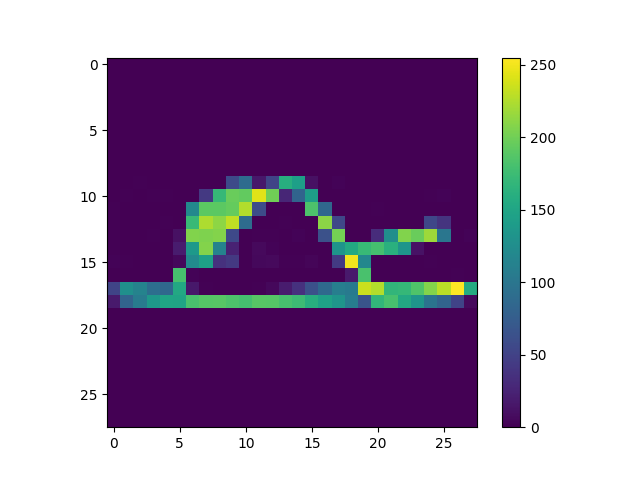
Make Predictions
Array of Predictions for Index 32 in the Test Set:
array([9.4625633e-05, 1.0987158e-01, 4.3477034e-05, 8.8359582e-01,
5.6092445e-05, 1.6385588e-08, 1.4731237e-04, 4.7754036e-09,
6.1910413e-03, 9.3569055e-09], dtype=float32)
For each index in this array, the value represents the probability that that index is the correct label for the image. For example, index 0 correlates to ‘Tshirt/top’ in the labels array, and the model predicts that the image has a 9.4625633e-05 probability of being a ‘Tshirt/top’.
I used np.argmax() to get the index of the maximum value in the predictions array, while I used Softmax to generate the predictions array. Softmax converts the output into probabilities.
The output from np.argmax() was 3, and the label from the test_labels data set was also 3.
Verify Predictions
Index 32:
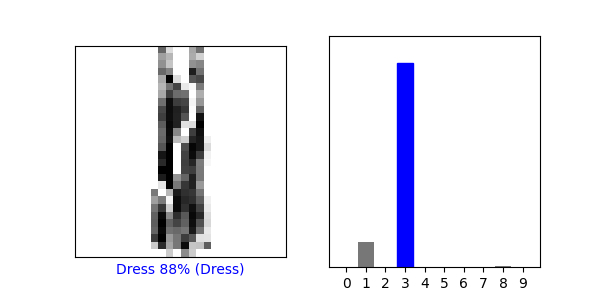
Index 565:

Use the Trained Model:
I used the index 1001.
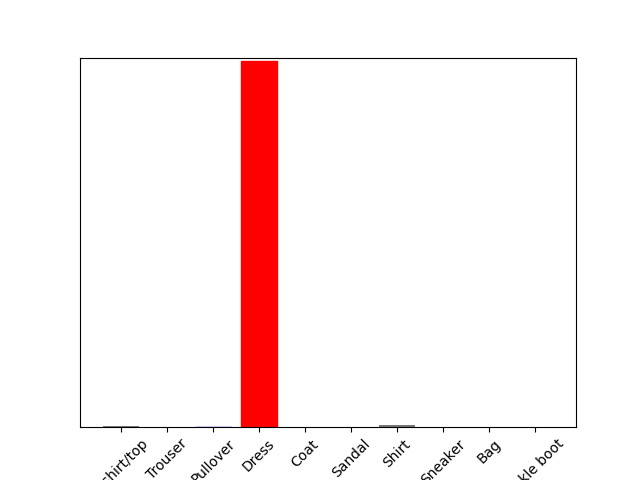
The predicted value was 3, which matches the test label.
It does not seem like I used Softmax in this section, because it is not mentioned by name however, in the line
predictions_single = probability_model.predict(img)
, I used a variable called probability_model. This is defined earlier on in the code.
probability_model = tf.keras.Sequential([model, tf.keras.layers.Softmax()])
This uses Softmax.
Part 2
MNIST Data
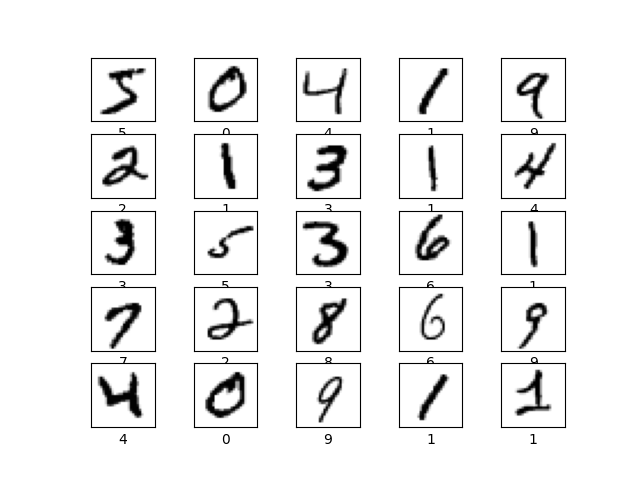
After fitting the data, the accuracy of the training set is:
0.9949
The accuracy of the testing set is:
0.9790
Verify Predictions
Index 900:

Index 100:
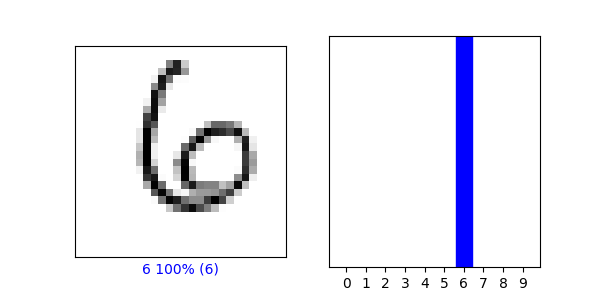
Accuracies
I believe that the MNIST model is more accurate as opposed to the Fashion MNIST model, because the training score for the Fashion MNIST model is
0.9100
while the score for the MNIST model was
0.9949
as shown above. However, the testing score is more important. The test accuracy for Fashion MNIST is
0.8863000273704529
, which is less than the testing accuracy for MNIST. Therefore, the MNIST dataset is more accurate.
I am not sure why the MNIST dataset performed better than the fashion dataset. Perhaps it is because clothes and shoes are harder to tell apart than simple numbers.